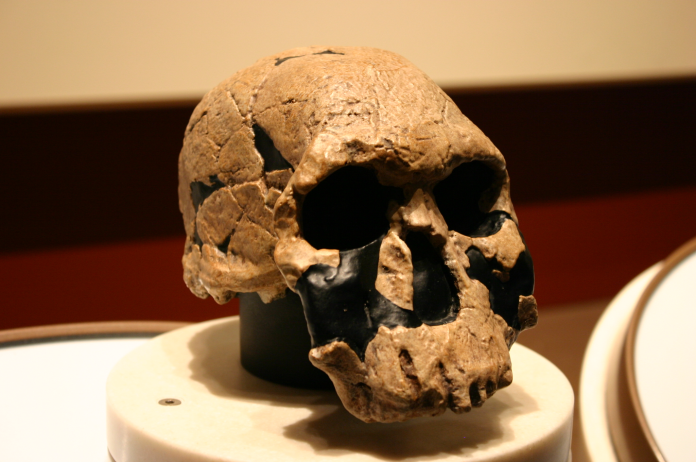
“History is a pack of lies everyone agrees on,” Napoleon once quipped. But with the Denisovans our mysterious Ice Age relatives science is finally breaking the millennium-long silence, fossil by fossil. For years, Denisovans were just a genetic whisper: a tooth here, a finger bone there, and a genome that turned our family tree on its head. Now that we’ve discovered the first nearly complete Denisovan skull, researchers are rewriting all we thought we knew about this enigmatic branch of humanity. This listicle delves into the new finds, from the hidden life of Harbin cranium to the gene that lets Tibetans survive where most can’t breathe. Buckle up for a wild ride through cutting-edge paleogenetics, ancient landscapes, and the astonishing ways Denisovans shaped modern life.

1. The Harbin Skull: A Fossil Almost a Century Old, Buried
A skull so unusual that a construction worker in Harbin, China, didn’t want it removed from him when he found it in 1933. He buried the skull in a well, where it remained undisturbed for over 80 years. Only on his deathbed did he reveal its location to his family members, and they brought it to researchers. This skull, now known as the Harbin or “Dragon Man” skull, is more than 146,000 years old and has emerged as the first partially complete Denisovan skull to have been examined. Its rediscovery has given scientists the unprecedented view of Denisovan anatomy that lies between fragmentary fossils and genetic data.

2. Mitochondrial DNA from Dental Calculus: A Breakthrough in Ancient Genetics
Traditional attempts to extract DNA from fossil bones tend to fail, especially in warmer climates. But the Harbin skull offered another possibility: dental calculus. Researchers extracted mitochondrial DNA from the fossilised plaque, demonstrating a direct genetic link to ancient Denisovan individuals from Siberia. As described in a new paper, “the Harbin mtDNA falls within Denisovan mtDNA variation and is linked with an mtDNA branch carried by early Denisovan individuals of southern Siberia,” and not only confirmed the skull’s Denisovan origin but also demonstrated the potency of dental calculus as a capture for ancient DNA.
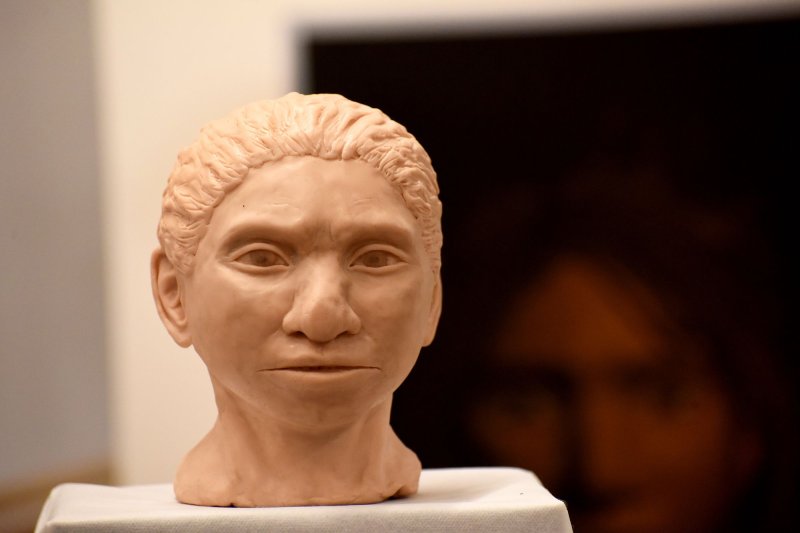
3. The Face of a Denisovan: Surprising Morphological Features
Denisovans were a genetic ghost for years. With the Harbin skull, their anatomy is coming into focus. The cranium reveals a broad, low face with a huge brow ridge and gigantic eye sockets features unlike both modern humans and Neanderthals. The skull is robust, with a flat mid-face and large molars, suggesting a heavily built individual, weighing perhaps around 220 pounds. In some ways, Denisovans were like the Neanderthals, but in some ways they were like us and in some ways they differed. This blending of characteristics shows the specificity of the Denisovans’ evolutionary path.
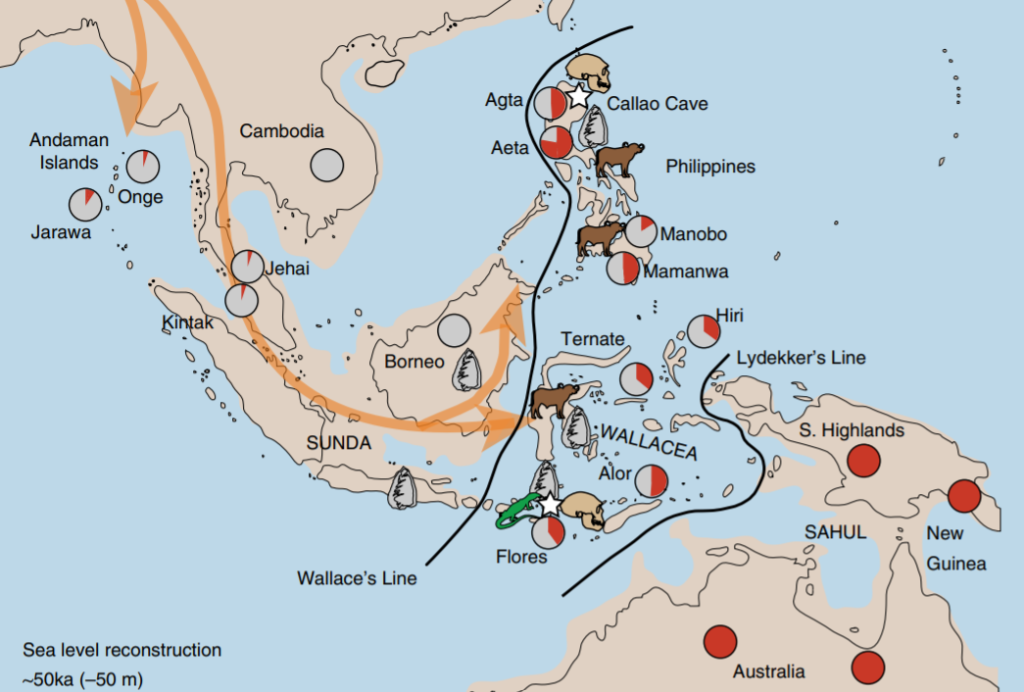
4. The Denisovan Range: Siberia to Southeast Asia
The Harbin skull’s genetic marker places Denisovans along a broad swath across Asia. Recent research shows that the Denisovans were not confined to the Siberian caves where they were originally found. Instead, they spread from the cold Siberian steppes into the tropical rainforests of Southeast Asia and the Tibetan high plateaus. Fossil and DNA records show that Denisovans inhabited a remarkable range of habitats (Denisovans existed across vast areas of Asia), and their genetic mark has been left on modern populations from East Asia to Oceania.

5. The EPAS1 Gene: A Gift from Denisovans to High-Altitude Survival
One of the most significant Denisovan inheritances is the EPAS1 gene variant found in Tibetans. This gene, which comes from the Denisovans, allows Tibetans to live above 4,000 meters because it regulates hemoglobin production and prevents deleterious thickening of blood. As Rasmus Nielsen presented it, “Modern humans didn’t wait for new mutations to adapt to a new environment. They could pick up adaptive traits by interbreeding” (Modern humans didn’t wait for new mutations to adapt). Genetic research confirms that the Tibetan EPAS1 haplotype is nearly identical to Denisovans but not to most other human populations.

6. Tracing the Timing: When Did Denisovan DNA Enter the Tibetan Gene Pool?
Advanced genomic simulation suggests that the contribution of Denisovans to Tibetans occurred in an admixture pulse around 48,700 years ago, followed by natural selection on the EPAS1 gene around 9,000 years ago (introgression event unique to East Asians probably brought the beneficial haplotype into the ancestral population of Tibetans around 48,700 (16,000–59,500) y ago). This suggests the Denisovan gene continued in the population for millennia before the first permanent settlements of the Tibetan Plateau, being only of value once human beings began living at high altitude on a permanent basis.
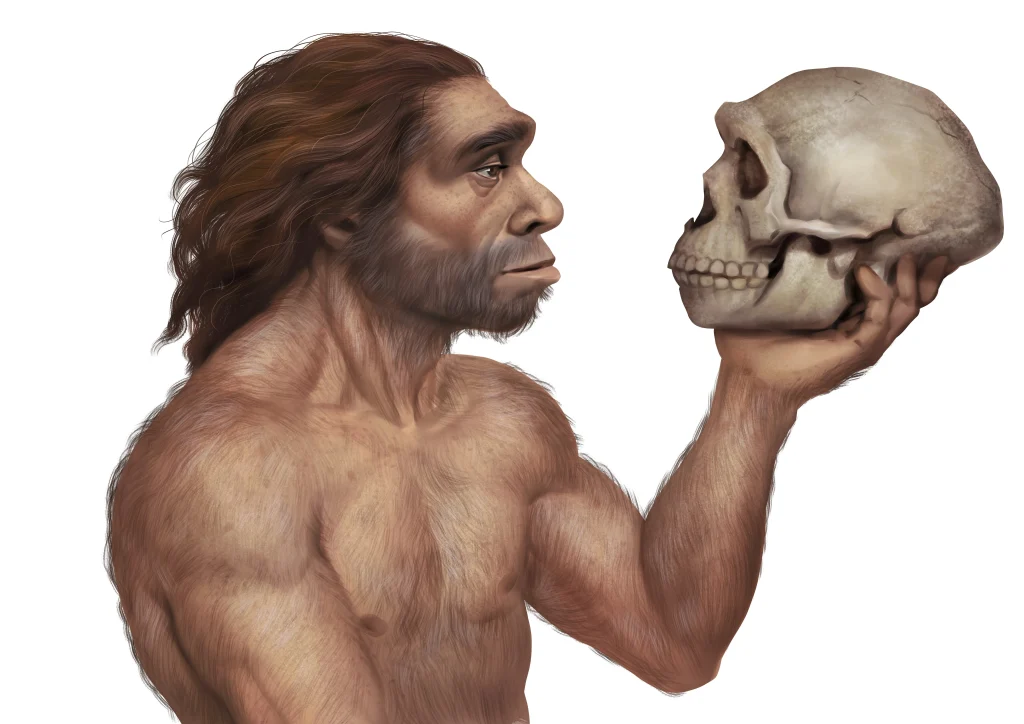
7. Two Pulses of Denisovan Admixture: An Intricate Genetic Legacy
Recent studies suggest that East Asians have at least two pulses of Denisovan admixture. One of them was distributed to South Asians and Oceanians, while the second, more Altai Denisovan-like, introduced the EPAS1 variant into ancestral Tibetans (Tibetans also exhibit two Denisovan introgression events with one confined to East Asians). This multi-step pattern predicts that Papuans and Aboriginal Australians would exhibit higher overall Denisovan ancestry but Tibetans in isolation possess the high-altitude adaptation.
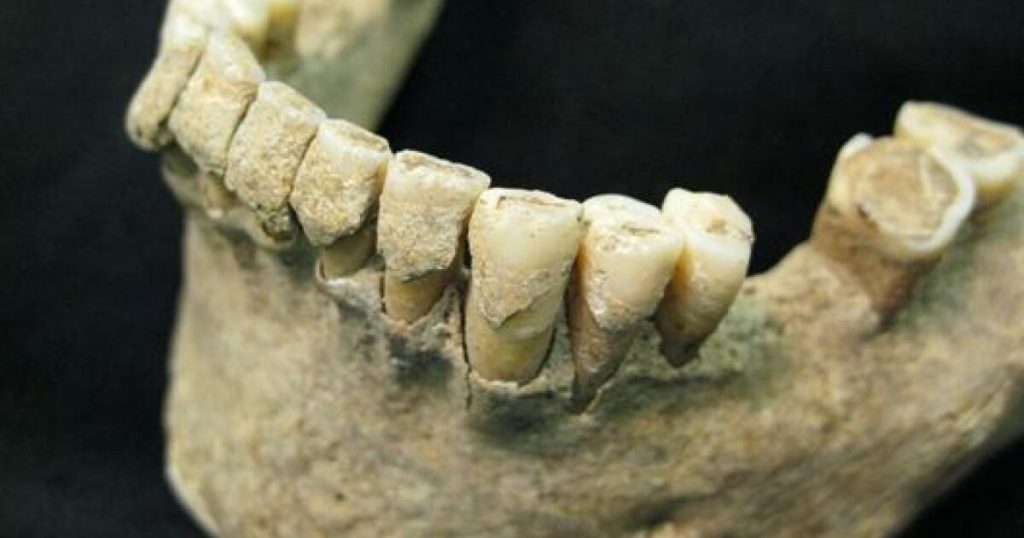
8. Ancient DNA from Dental Calculus: Writing an Elongated Fossil History
The recovery of ancient DNA from dental calculus in the Harbin skull is not just a technical success. It has the potential to unlock new research pathways into Middle Pleistocene hominins, especially where DNA within bones is deteriorated. As the authors of the Harbin study note, “the fact that the human DNA of the Harbin specimen is better preserved in dental calculus than in compact bone. means that dental calculus can be a source of value for analysis of DNA in Middle Pleistocene hominins” (dental calculus can be a source of value for analysis of DNA). This technique would now be capable of connecting more fossils to their genetic identity.

9. The Broader Reach: Denisovan Genes Beyond Tibet
While the EPAS1 gene is the most well-known Denisovan legacy, their DNA has left its mark on immunity and other biological processes in present-day humans. Studies have revealed Denisovan-derived alleles that influence immune traits and possibly other features in populations ranging from Papua New Guinea to the Arctic (the introgressed component in the EPAS1 region is not included in this analysis as its exceptionally strong selection signal can repress weaker signals in other pathways). The Denisovan story thus isn’t a story about one skull or one gene, but about the enduring mosaic of human evolution.
The discovery of the Harbin skull and the genetic secrets it holds has catapulted Denisovans from an enigmatic footnote to center stage of the human evolution drama. With each new fossil and genetic reveal, scientists not only fit together the Denisovan face, but also learn about how ancient interbreeding continues to affect the health and robustness of contemporary populations. As paleogenetics keeps unfolding, look for even more surprises from deep history and more grounds to rethink what it means to be human.
